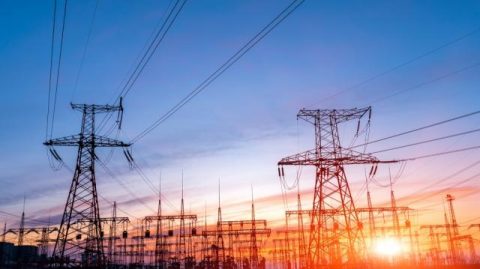The Federal Government has said it will grow Nigeria’s power generation to 11,000 megawatts by next year as measures to actualise this are well on course.

The country’s power generation currently hovers around 4,000MW and 5,000MW.
In March, the Transmission Company of Nigeria announced a peak power generation of 5,801.6MW, which was transmitted to power distribution companies across the country.
In response to enquiries by our correspondent on what the government was doing to grow the country’s power supply, officials of the Federal Ministry of Power said the ministry was currently implementing recommendations contained in the Siemens deal.
They said through the deal, Nigeria would be able to increase power generation to 11,000MW by 2022, as well as supply this quantum of electricity to consumers nationwide.
“The Siemens roadmap is the plan which the government intends to follow through to achieve the 25 gigawatts power generation target,” the Special Assistant on Media and Communications to the Minister of Power, Aaron Artimas, said.
He added, “We can generate up to 7,000MW of electricity as we speak, but the facilities to transmit and distribute this have been a major problem. This is why you often see the disagreements between the transmission and distribution companies.
“You hear transmission complaining that it has given distribution companies enough power, while the Discos, on the other hand, would say the transmission lines are old and obsolete and need to be renewed and expanded.”
The minister’s aide said the Federal Government believed that there was a need for some form of realignment and the erection of more power stations, as well as providing more high capacity 133KV transmission lines.
He added, “It is in three phases. The first phase is meant to deliver 7,000MW at least by this year. By 2022, we target 11,000MW and thereafter the 25,000MW.”
In July 2019, the Federal Government signed an agreement with Siemens for the implementation of a roadmap geared towards resolving existing challenges in the power sector and expanding capacity for future power needs in Nigeria.
The Bureau of Public Enterprises, represented the interest of Nigeria, while Siemens represented the interest of Germany in the agreement.
Artimas said the Siemens deal was currently being implemented to realign the power sector from generation to transmission and distribution.
“They (Siemens) are going to construct more power lines that would boost electricity. They are also supposed to install more power stations across the country,” he said.
The official noted that once this was achieved, it would dramatically improve power supply nationwide and revamp industries in Nigeria.
“This deal is because right now, we have a lot of problems with infrastructure, especially in transmission and distribution,” Artimas stated.
Artimas said, “This transmission lines project is also one of the power projects that the African Development Bank is supporting. Last year or thereabout, the bank gave over $200m to Nigeria for network expansion.
“And with that expansion drive, we will be moving towards achieving our target in the sector. Also, some power projects are on the way, for instance, the Kashimbila project is almost completed.
“The Zungeru project that is to provide about 700MW of electricity is also planned to be completed later this year. The Mambilla project, however, will take some time due to some of the challenges currently facing it.”
He added, “Overall, the government is on course to improve the country’s power generation. The final target of 25,000MW is billed to be achieved by 2025.
Support InfoStride News' Credible Journalism: Only credible journalism can guarantee a fair, accountable and transparent society, including democracy and government. It involves a lot of efforts and money. We need your support. Click here to Donate
